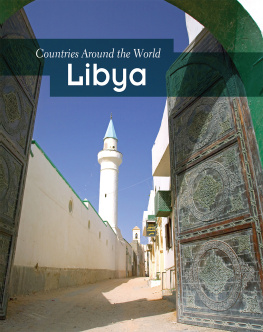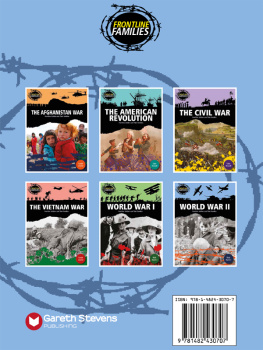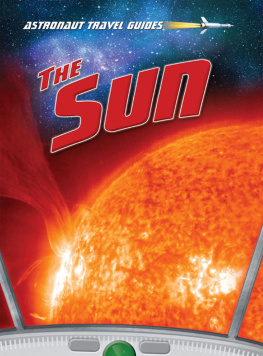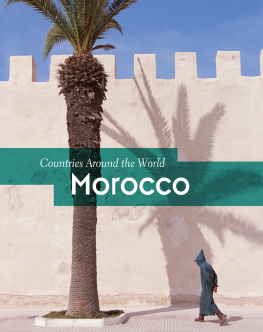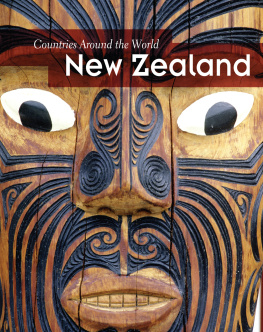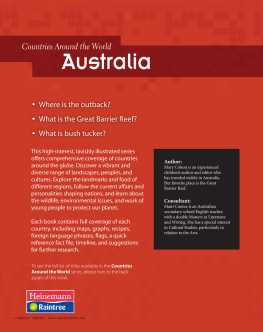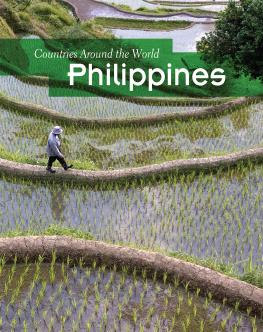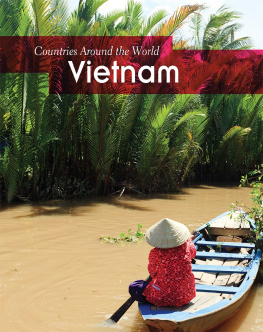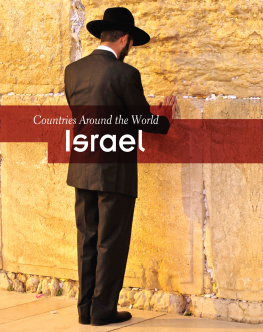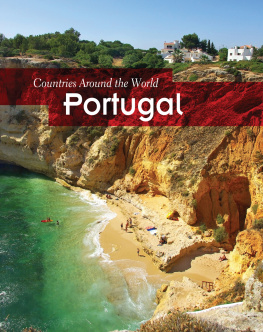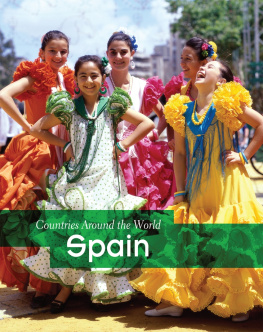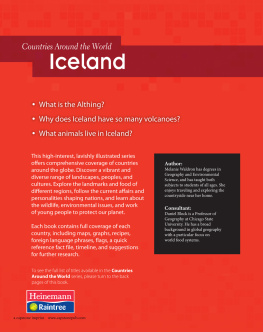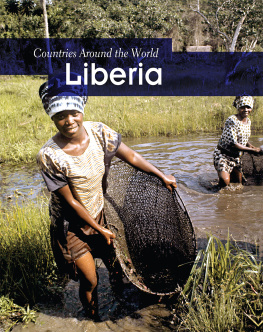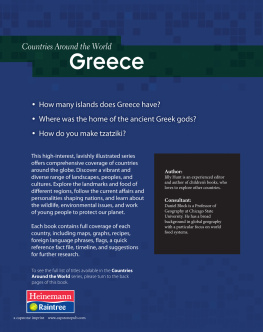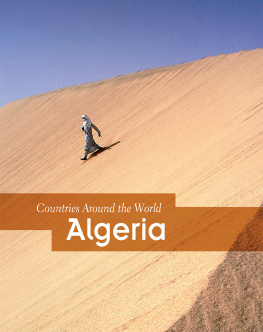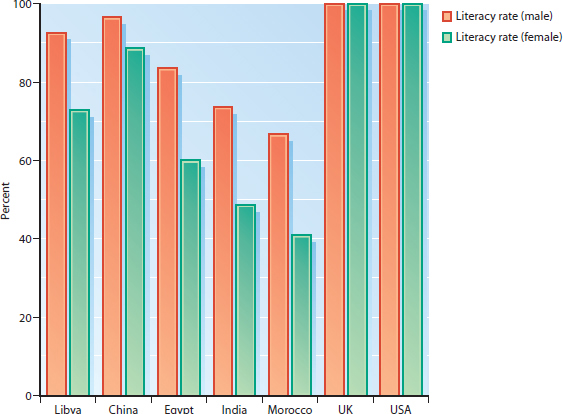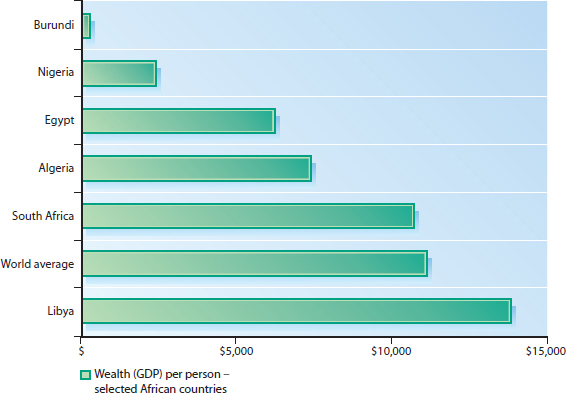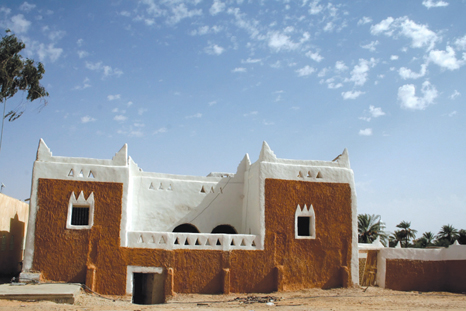This chart compares the proportion of people who can read and write in Libya andother countries.
The value of everything produced in a country is called the Gross Domestic Product(GDP). Libya's GDP per person is higher than in other African countries, mainly becausethe country makes lots of money from oil.
Libyas UNESCO World Heritage Sites
World heritage sites must be outstanding examples of historical or natural interest.Libyas five world heritage sites highlight different parts of the countrys history.
- Cyrene : center of ancient Greek civilization in Libya
- Leptis Magna : amazing ruins of a beautiful Roman city
- Sabratha : ruins of Phoenician trading post
- Tadrart Acacus : cave paintings that show the way of life in the Sahara up to 12,000years ago
- Old city of Ghadams (pictured below): example of an ancient Saharan city with traditionalbuildings
Ghadams is one of the oldest towns in the Sahara region. The town's ancient buildingsare clustered around a desert oasis.
Timeline
BCE is short for before the Common Era. BCE is added after a date and means thatthe date occurred before the birth of Jesus Christ, for example, 450 BCE.
CE is short for Common Era. CE is added after a date and means that the date occurredafter the birth of Jesus Christ, for example, 720 CE.
| BCE |
| c. 8000 | Earliest evidence of settlements in Libya. |
| c. 1000 | Phoenician traders establish trading posts on the Libyan coast. |
| 63 | Ancient Greek settlers found the city of Cyrene. |
| 46 | Julius Caesar adds Tripolitania to the Roman province of Africa; Cyrenaica and Tripolitaniaunited in the first century CE. |
| CE |
| 193 | Septimus Severus becomes Roman emperor; Libyan city of Leptis Magna rebuilt and expanded. |
| 642 | Arab invaders begin to arrive in Libya, bringing Islamic faith. |
| 1551 | Ottoman Empire occupies Tripoli. |
| 1911 | Italy occupies Libya. |
| 1942 | Allied forces push Italians out of Libya, which is then divided into British andFrench regions. |
| 1951 | Libya declares its independence on December 24; King Idris becomes head of state. |
| 1959 | Oil first discovered in Libya. |
| 1969 | Military government led by Colonel Muammar el-Qaddafi takes over from the King ofLibya on September 1. |
| 1973 | Qaddafi launches a cultural revolution creating peoples committees in many workplacesand areas of society. |
| 1975-1979 | Qaddafi publishes three volumes of the Green Book , which sets out his ideas for thegovernment of Libya. |
| 1986 | U.S. forces bomb Tripoli and Benghazi on April 15. |
| 1988 | On December 21, Pan Am flight 103 explodes over Lockerbie, Scotland, killing 270people; Libyan man later convicted of causing the explosion. |
| 1992 | United Nations imposes sanctions on Libya, affecting Libyas trade and relationswith other countries. |
| 2003 | United Nations sanctions lifted and Qaddafi promises to end development of chemicaland biological weapons and stop support of terrorists. |
| 2005 | Qaddafi announces steps to modernize Libyan economy. |
| 2009 | Qaddafi becomes leader of the African Union; he calls for a United States of Africa. |
| 2010 | European Union and Libya sign agreement on immigration. |
| 2011 | In February government troops fire on a protest in Benghazi following the arrestof a human rights activist. Protests spread across the country. A transitional governmentforms and an army of rebels fight Qadaffis loyalists. Qadaffi is forced to leavepower and go into hiding. The National Transitional Council takes over Libyas government.Qadaffi is killed in October 2011. |
Glossary
agriculture farming; the production of crops or livestock
Berbers people, also called Imazighen , who lived in North Africa before the arrival,in the 600s CE, of Arab settlers from the east
climate general weather conditions over a long time, including temperature and precipitation,such as rain or snow
cold-blooded having a body temperature that changes with the environment
colony area controlled by a foreign country; usually, people from the foreign countrylive in the area
congress group of officials or representatives that meet to discuss issues

